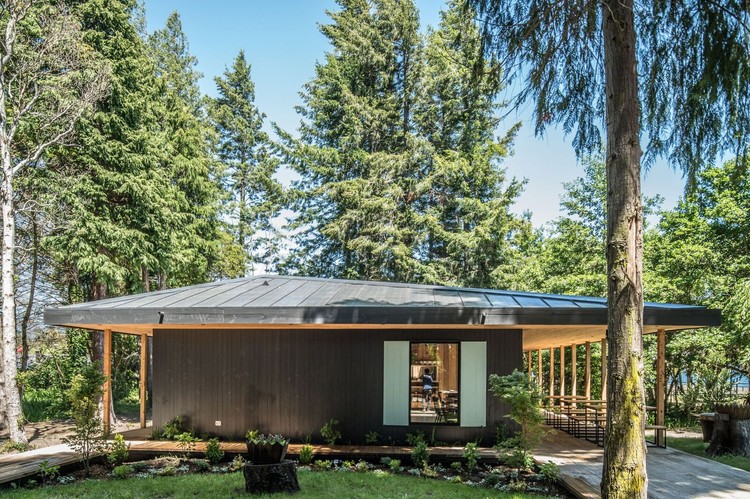
-
Architects: Cristóbal Lamarca, Estudio Alinea
- Area: 188 m²
- Year: 2018
-
Photographs:Esteban Arteaga
-
Manufacturers: Comercial Arratia, Hormigones Ebema, Maderas Chiloé, Porcelanatos Duomo, Puertas Vallegrande
-
Lead Architect: Francisco Godoy Guevara

Text description provided by the architects. Restaurant located in Ensenada, Puerto Varas, south of Chile. Within a wooded area on the shores of Lake Llanquihue, this building is conceived as the founding project of a master plan with mainly tourist purposes, which covers the entire plot of two hectares. Being the main objective of the territorial organization, the opportunity to offer the visitant to recognize the different parts of the landscape; the lake shore, the beach, the riverbank and the forest where the building is located.



































